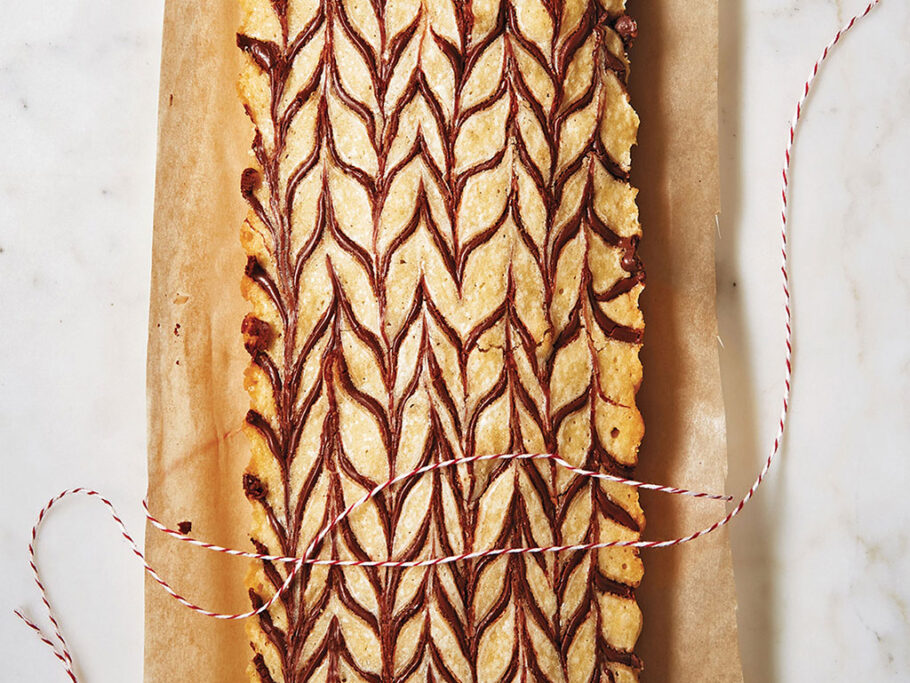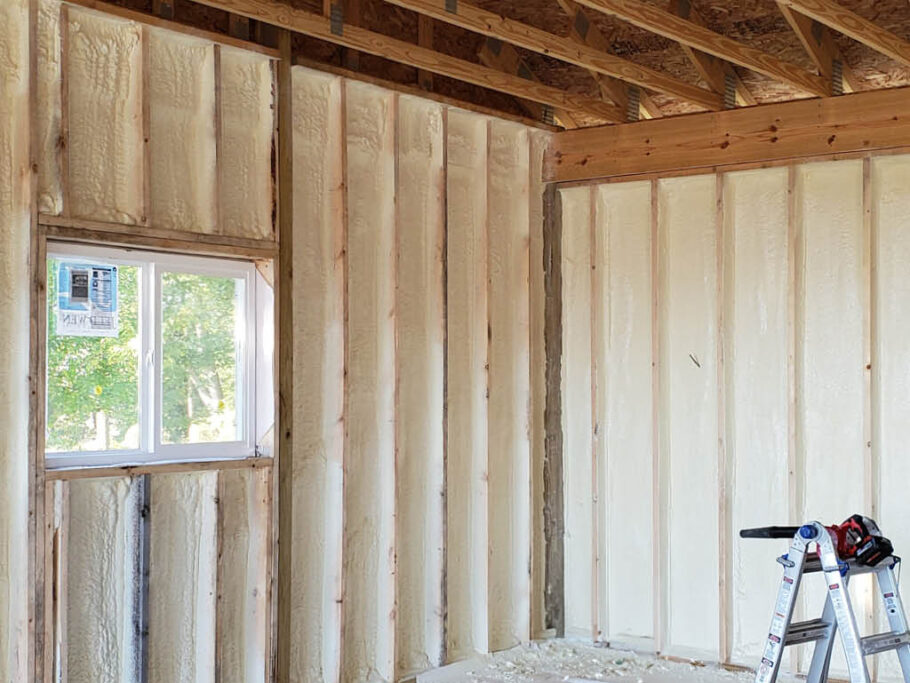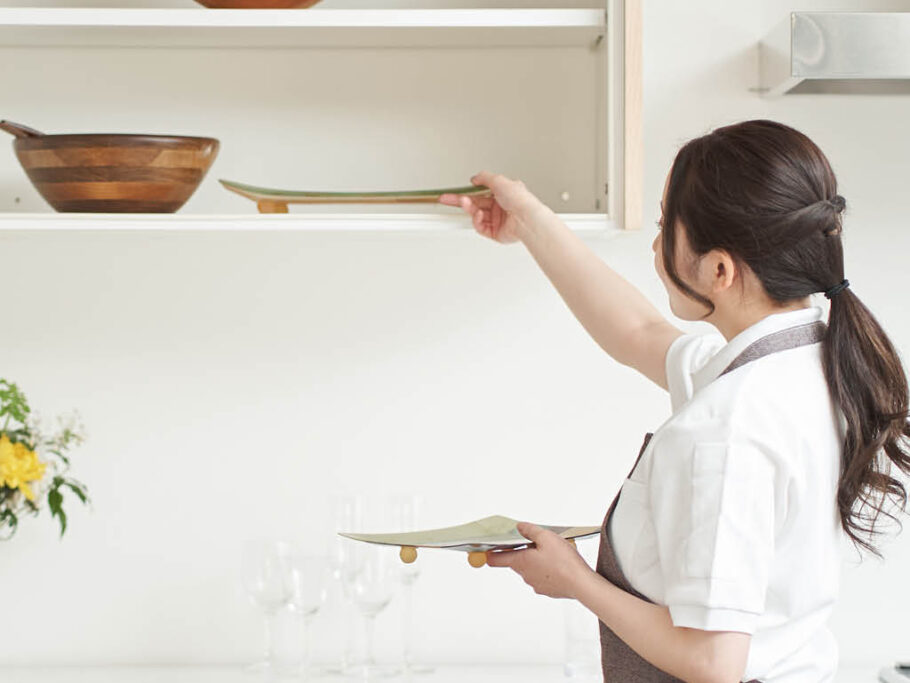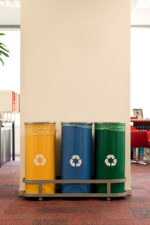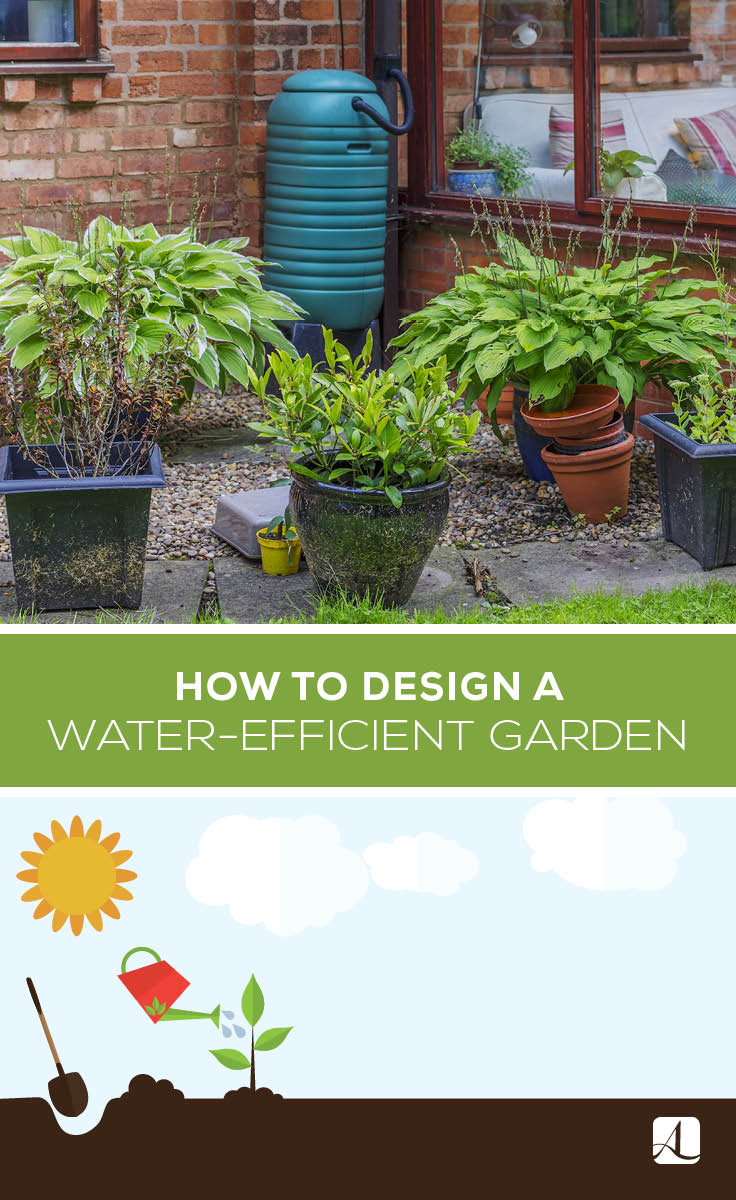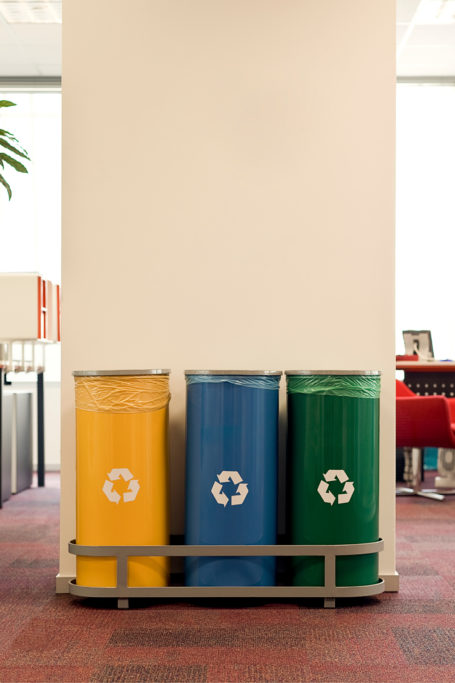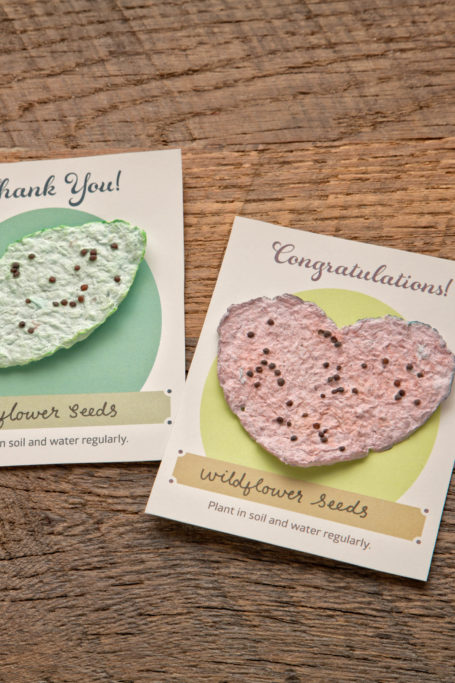How to Design a Water-Efficient Garden
Water is a precious resource, and the cost is rising all the time. By evaluating your garden designs and watering habits, it’s easy to eliminate inefficient practices that waste water. Follow these tips to dramatically reduce your water consumption and lower your water bill, while still nurturing a beautiful and productive garden.
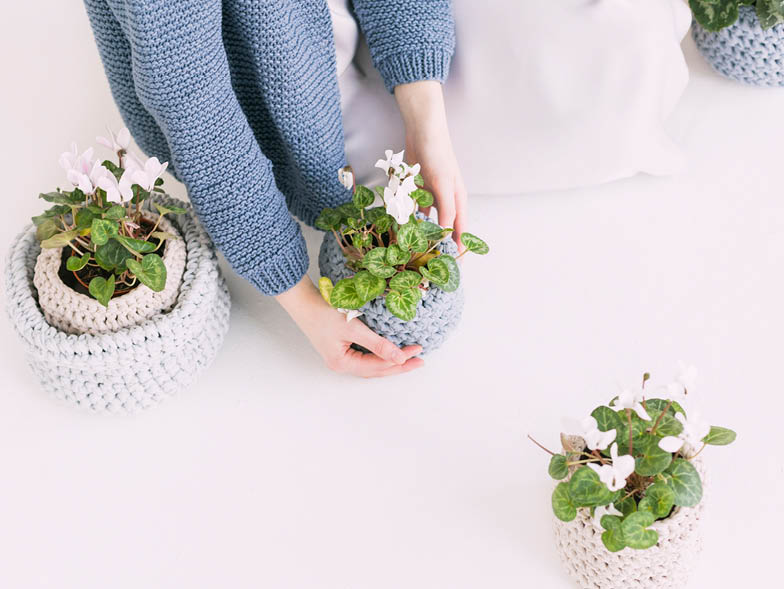
Choose plants carefully
A plant that’s satisfied by getting most of the water it needs from natural rainfall will require a lot less work from you. Native plants have had a long time to adjust to the area’s normal rainfall, soil, and climate. Once established, they require little or no watering. Natives and succulents may make better choices than some of the more common landscape plants.
Some plants are considered drought tolerant, but are high water users when water is accessible. Drought-tolerant plants become dormant when soil water is unavailable and then become active when water is available again. These plants also make for water-wise choices.
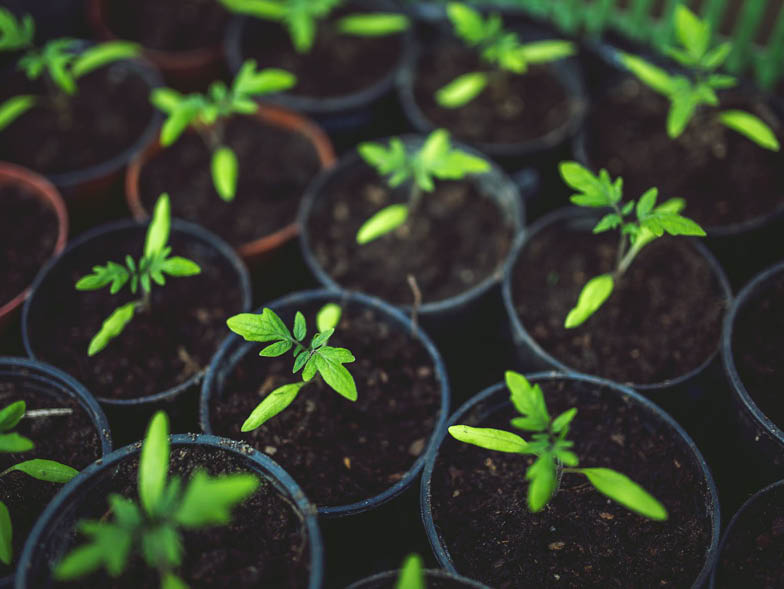
Add organic matter to your soil
Healthy soil is the foundation of any successful garden, but it’s imperative in ones that tolerate drought. Soil is a collection of mineral particles of different sizes. If most of the particles are large like sand, water passes through rapidly; if most of the particles are small like clay, water will penetrate the soil much slower. The easiest solution to these problems is to add organic matter.
Organic matter, in the form of compost, chopped up leaves, or composted manure, will improve the texture and water-holding capacity of your soil. It will help trap moisture and encourage deep root formation in plants. Add at least one inch of compost each year.
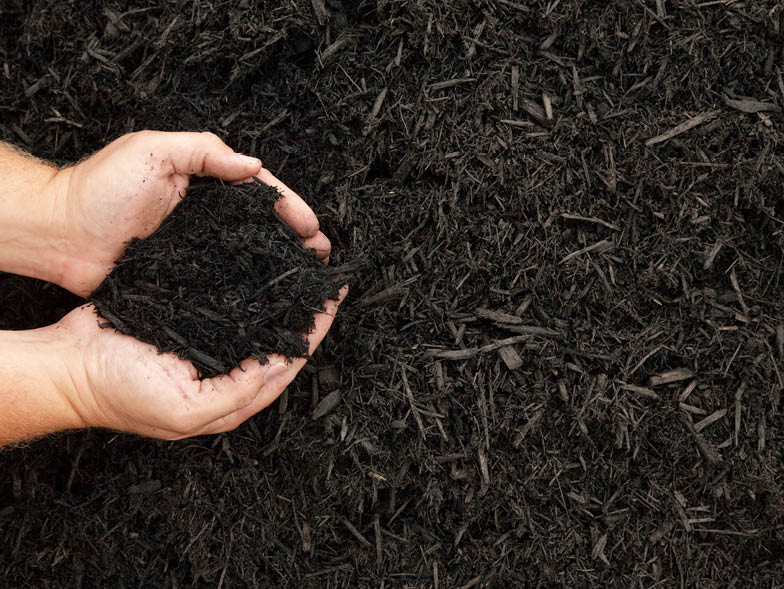
Use mulch to retain water
You can also add a layer of mulch on top of your soil. Mulch can cut water needs in half by blocking thirsty weeds and reducing evaporation; in addition, organic mulch retains water and increases the humidity level around plants.

Deliver water to the root zone
In order for young plants to thrive, it’s critical they receive a healthy, steady irrigation flow. Drip irrigation minimizes evaporation loss and keeps the area between plants dry, which also helps limit weed growth. Water drips slowly to the roots of plants, either onto the soil surface or directly onto the root zone, through narrow tubes that deliver water directly to the base of the plant.

Use free water
Rainwater is the best choice for your plants. It’s clear, unchlorinated, and free. You can use rain barrels to collect water from your downspouts. In addition, slimline tank and water-harvesting systems are available for even the tiniest of spaces.
You can also save your cooking water you use to steam or boil vegetables—it is full of nutrients and, when cooled, makes a free fertilizer for watering your plants. Have a fish tank? When you clean your fish tank, use the nitrogen- and phosphorous-rich water on your plants.
Making these smart water choices not only helps you create the garden you’ve always wanted, but also preserves our most precious resource—so you’ll be adding both beauty and vitality to Mother Earth.

